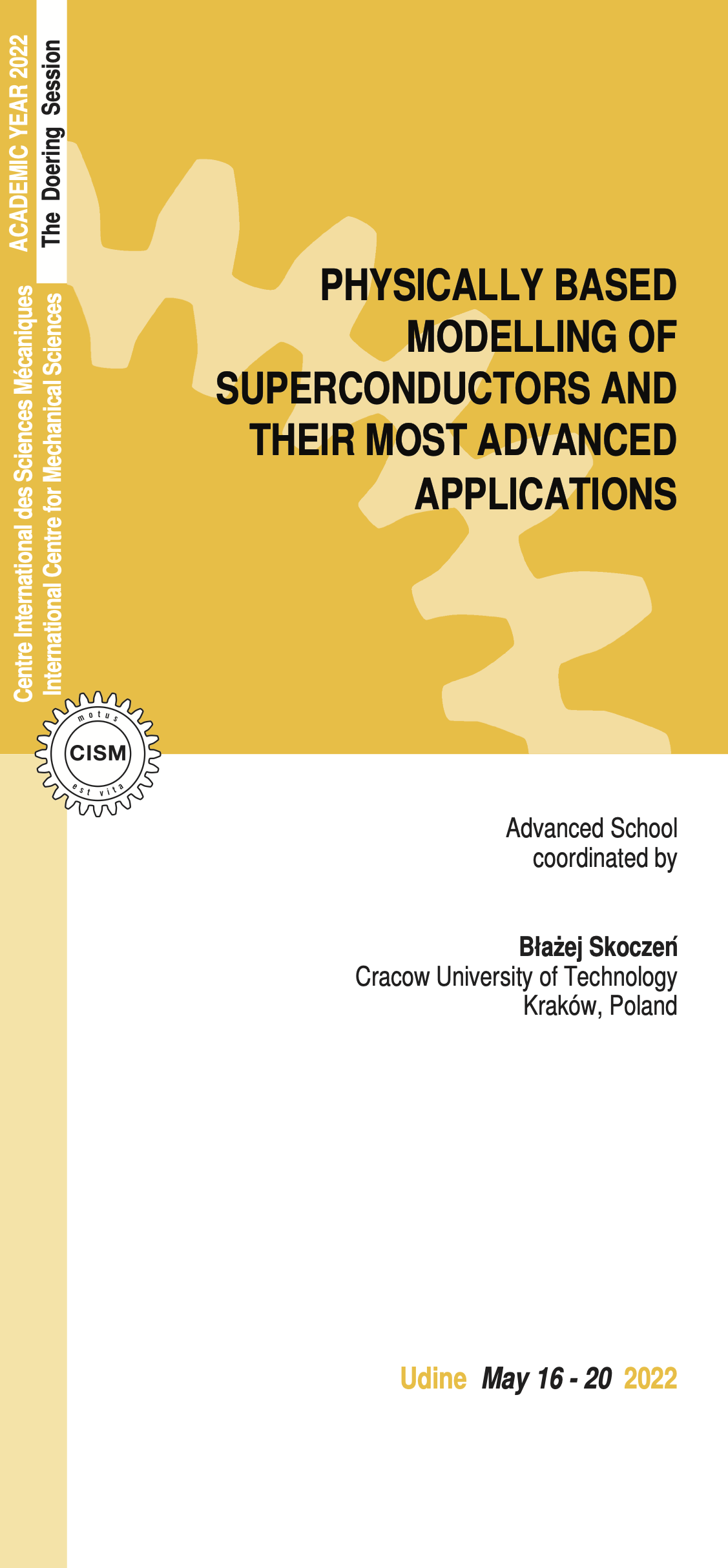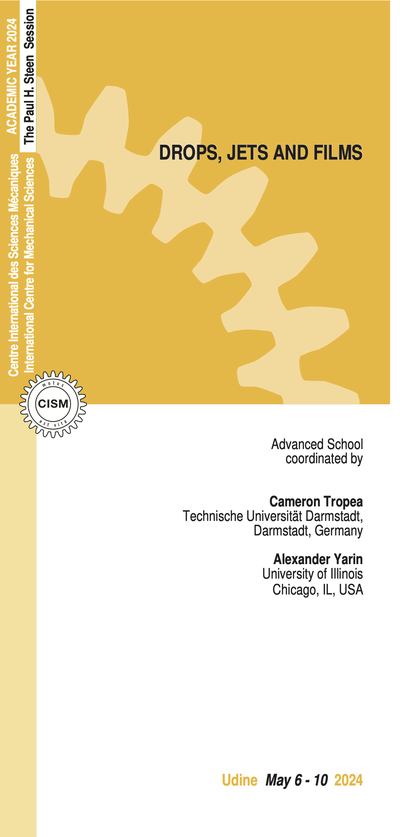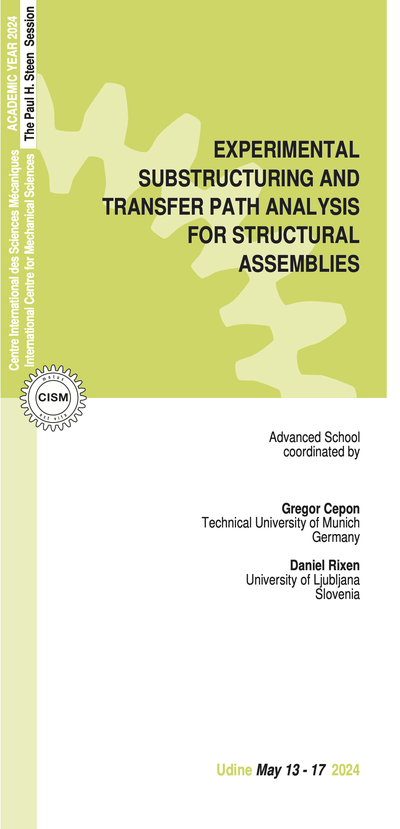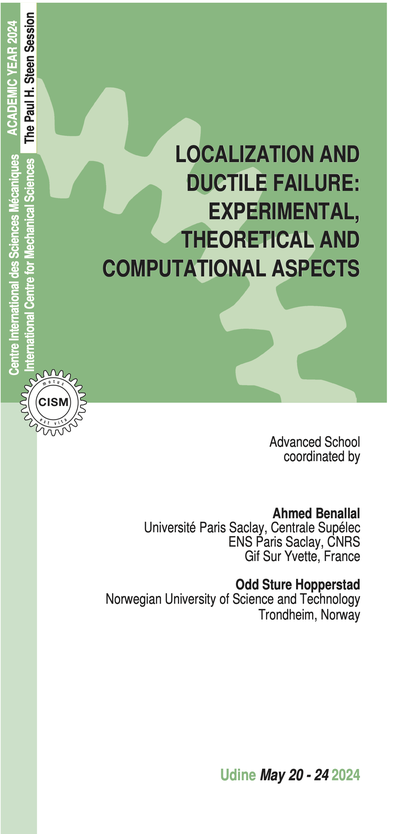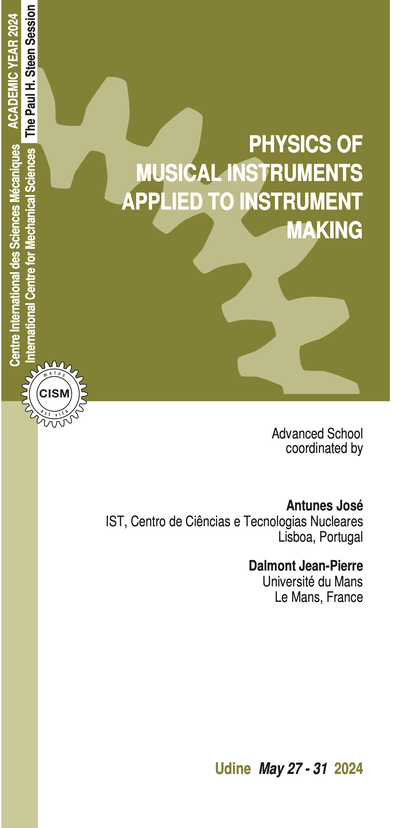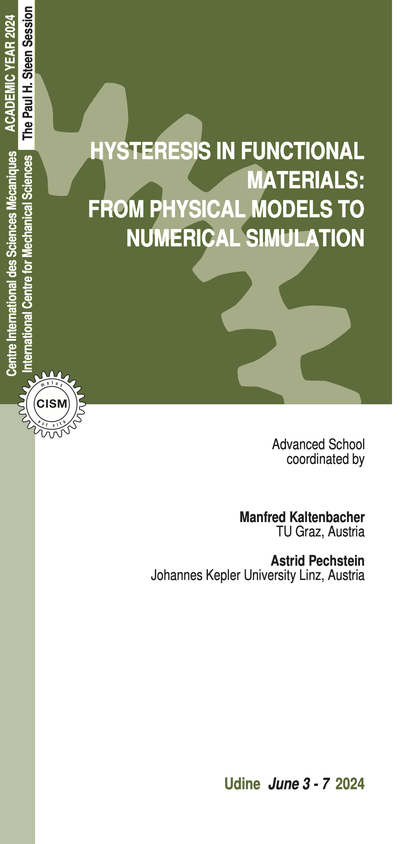Modern low and high temperature superconductors are extensively used to build technologically advanced scientific instruments, including medical devices as well as means of mass transport or low-loss energy transmission lines. Typical type II low temperature superconductors, massively used to construct superconducting magnets operating in liquid (4.2 K) or superfluid (below 2.17 K) helium, are the niobium based alloys and intermetallic compounds, e.g. Nb-Ti, Nb3Sn, or more recent magnesium based compounds like the magnesium diboride MgB2. Another popular class of superconducting materials are the high temperature superconductors, like Rare-Earth (RE) based REBCO or Bismuth based BiSCCO, that are applied at much higher temperatures, up to the temperature of liquid nitrogen (77 K). Generally, low temperature superconductors are used to build superconducting coils, forming the most critical parts of complex superconducting magnets, and integrated in Magnetic Resonance Imaging (MRI) or nuclear magnetic resonance (NMR) instruments, or magnets for large science experiments such as superconducting particle accelerators and fusion devices. Though high temperature superconductors have extraordinary high-field properties, so far their application has been restricted to superconducting cables and current leads, transferring the current from ambient temperature to cryogenic conditions.
The present course is focused mainly on low and high temperature superconductors. The contents stretch from the material microstructure and the constitutive description to real large-scale applications in the particle accelerators (e.g. Large Hadron Collider, LHC), or in the modern fusion devices (e.g. International Thermonuclear Experimental Reactor, ITER Tokamak).
The course begins with a broad introduction to superconductors (materials, types of superconductors, flux pinning centers, parameters of critical surface, etc.), covers the physical background of superconductivity (phase transition, Meissner effect, BCS theory, Cooper mechanism, Josephson effect, etc.), the physical, mechanical and thermodynamic properties of low and high-temperature superconductors (e.g. the effect of strains on the critical surface). Next, the constitutive modelling of superconductors and related sheath and structural materials operating at extremely low temperatures is developed, including plastic strain induced phase transformation, discontinuous plastic flow and evolution of micro-damage fields (of technological and radiation origins). Finally, interaction of superconductors and magnetic fields is explained, and optimization of superconducting coils against the quality of magnetic field is discussed. The course is concluded by the most recent applications of modern superconductors in the technologically advanced instruments and devices (e.g. particle accelerators, medical imaging instruments, fusion based energy devices, etc.).
D.P. Boso, A simple and effective approach for thermo- mechanical modelling of composite supercoducting wires, Supercond. Sci.Technol. 26 (2013) 045006.
René Flükiger, MgB2 Superconducting Wires - Basics and Applications, World Scientific, 2016.
Stephan Russenschuck, Field Computation for Accelerator Magnets, Wiley-VCH, 2010.
B.Skoczen ́, J.Bielski, J.Tabin, Multiaxial constitutive model of discontinuous plastic flow at cryogenic temperatures, International Journal of Plasticity 55 (2014), 198–218.
M. Sitko, B. Skoczen ́, Modelling He I - He II phase transformation in long channels containing superconductors, International Journal of Heat and Mass Transfer 52 (2009), 1-2, pp.9-16.
B.Skoczen ́, A.Ustrzycka, Kinetics of evolution of radiation induced micro- damage in ductile materials subjected to time-dependent stresses, International Journal of Plasticity 80 (2016), 86-110.
Steven W. Van Sciver, Helium Cryogenics, Springer, 2012.
5 lectures on: Numerical modelling of superconducting strands and composite materials.
Fundamental micro-macro concepts. Main approaches to modelling of composites. Finite element simulations of superconducting strands. Artificial Neural Network in multiscale analysis of composites. From the strand to the cable: the hierarchical structure of a bundle of wires. Superconductors for fusion applications: the on-going ITER and future DEMO.
5 lectures on: Physical, mechanical and thermodynamic properties of superconductors.
Critical and engineering current density of technical superconductors. Superconductor stability at cryogenic temperature. Training and quench. Forces and stresses in superconducting coils. AC loss in superconducting wires and cables. Field quality of superconducting accelerator magnets.
5 lectures on: General introduction to superconductors.
Fundamentals of superconductivity. The systems NbTi and Nb3Sn. The system MgB2. HTS superconductors. Pnictides (Fe based compounds). Irradiation effects on the properties of Nb3Sn.
5 lectures on: Numerical modelling of superconducting magnets (ROXIE, 10 years after).
Integrating beam-physics simulations, field computation, and magnetic measurements. Post-processing techniques for magnetic measurements (harmonics, generalised gradients, boundary elements). The stretched-wire measurement technique (an example for solving partial differential equations)".
5 lectures on: Constitutive modelling of superconductors and related materials for cryogenic temperatures.
Thermodynamics of lattice at extremely low temperatures. Physical phenomena occurring in the superconductors and structural materials at cryogenic temperatures. Constitutive modelling of superconductors and related structural materials. Prediction of lifetime of irradiated superconductors and sheath components.
5 lectures on: Physical background of superconductivity.
Basic properties of superconducting state. Concept of Cooper pairs and of BCS theory of superconductivity. Ginzburg-Landau and Gorkov-Abrikosov approaches. Unconventional superconductivity. Properties of high temperature superconductivity.
